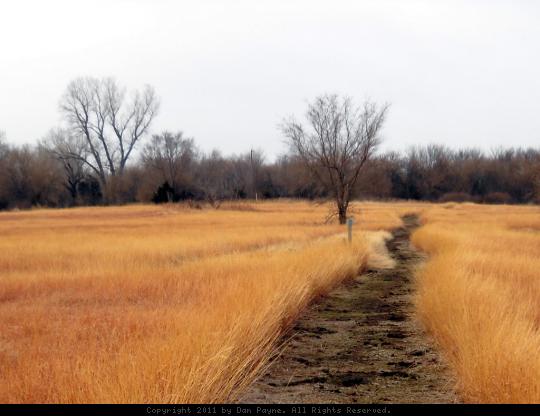Recent heavy downpours and flood warnings issued this spring should serve as reminders to everyone spending time outdoors to be cautious around rising or moving water. A sudden influx of water from a severe thunderstorm can make peacefully flowing streams dangerous, flood roadways and create hidden washouts. Rising water levels in lakes can hide obstacles from boaters and drop-offs from swimmers and waders. However, a few simple safety rules can keep everyone safe.
When boating, observe all Kansas boating regulations, including having properly fitting life jackets in reach for everyone onboard. Boating laws require all youngsters 12 and younger to wear life jackets while on the water, and it’s smart for everyone onboard to wear life jackets. If the lake level has recently risen, boaters must be aware that obstacles hidden just beneath the surface can cause damage and serious accidents. Be cautious and operate at safe speeds near shore.
For those swimming or wading in lakes and streams, be aware that moving water can be much more powerful than it appears and undercurrents near low-water crossings, low-head dams, and logjams can create death traps. Remember that swift moving water can soften or undercut stream banks, so keep well back from the water’s edge. Swim only in designated areas on reservoirs and avoid jumping, diving or wading into unknown waters. Children should be kept in sight at all times near water, and it’s a good idea to strap a life jacket on them if they’re going to be near water.
If you’re driving and waters suddenly rise, remember that just 6 inches of water will reach the bottom of most cars, and many vehicles will start to float in just one foot of water. Two feet of moving water can easily sweep even a large SUV off the road. When in you encounter water over a roadway, heed the warning, “Turn around, don’t drown.”
After the long-term drought much of Kansas endured prior to 2014, we can’t complain about rainfall. However, there can be too much of a good thing, especially with water. Just remember to use common sense and err on the side of caution.













